In January 2025, the Eaton Fire swept through the foothills of Los Angeles County, California, displacing thousands of residents. The fire started in the evening and I stayed up all night, staring at my phone as evacuation notices crept closer and closer to my home on the map. The wind blew fiercely outside, and smoke filled our house, our bags by the door. Around 6 am, my phone chimed. A voluntary evacuation notice had been issued for our zone.
We packed our dog, cat, and toddler in the car and as we drove away, I thought we would be gone for a few days. In the end, we were displaced for closer to two months. We were lucky to have friends who hosted us in those first few weeks while we learned our house was still standing but our son’s daycare was not, and as we navigated the smoke remediation process with insurance and contractors. But bouncing around was taking a toll, and we looked for a slightly more stable option. We searched for any accommodations remotely close to work and a new preschool which would also accept pets and was not outrageously expensive.
Drawing on our own relocation experience arriving in California three years ago, we got in touch with relocation agents and made dozens of phone calls. At one point, we were mistakenly sent a list of over 30 corporate apartment options that were available in mid-January. When we searched less than two weeks after that list was made, only two were still available. Everyone else impacted by the fires was doing the same thing.
Eventually, we found a place where we could catch our breath for a month and work toward getting home. My personal experience navigating a real-time crisis echoed deeply with my role at AIRINC. As Data Director at AIRINC, I lead teams responsible for setting and maintaining global housing and goods and services data - data that guides our clients through the complex landscape of temporary and long-term housing around the world. Since joining AIRINC as a researcher in 2015, I’ve seen how data informs policy. In this case, my lived experience directly related to our work: we adjusted short-term housing budgets and hardship scores and revised our Los Angeles rental area grid. Altadena, a neighborhood I had walked to every weekday for the past two years, was taken off our grid entirely. Pacific Palisades was also removed, destroyed by a separate fire that started on the same day. There is nothing to rent there for now, and it will be years before either one is rebuilt.
I hope in my own life that this is a unique event. But in the world at large, disaster is not so unusual. At AIRINC, it's part of our job to stay current on these changes and adapt our settings accordingly. Monitoring everywhere, all the time, is a big task but it's one we do well, whether an AIRINCer lives there or not.
Key Takeaways for Mobility Professionals
Expect the Unexpected
Natural disasters can reshape housing markets overnight. Companies should ensure their mobility policies and partners are agile enough to respond in real time.
Communicate Empathy Through Policy
Incorporating flexibility—such as pet-friendly housing or temporary budget relief—can demonstrate a commitment to employee wellbeing in times of stress.
Leverage Relocation Partners
Local relocation agents can provide critical support during emergencies. Vetting and maintaining these relationships in advance pays off when disaster strikes.
Plan Ahead with AIRINC’s Emergency on Assignment White Paper
For a structured approach to mobility risk management, consult our Emergency on Assignment paper. It outlines proactive steps for preparing your mobility program for disruption—from housing and medical support to evacuation and communication protocols.


%20(54)%20(1).png)
.jpg?width=1200&height=168&name=Email%20Banner%20-%20Option%202@2x%20(2).jpg)
%20(51)%20(1).png)
%20(46).png)
%20(24).png)

